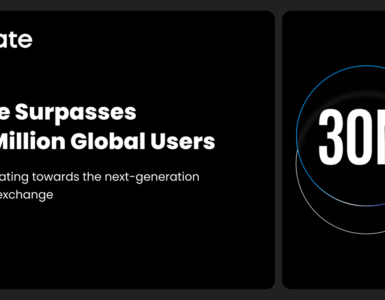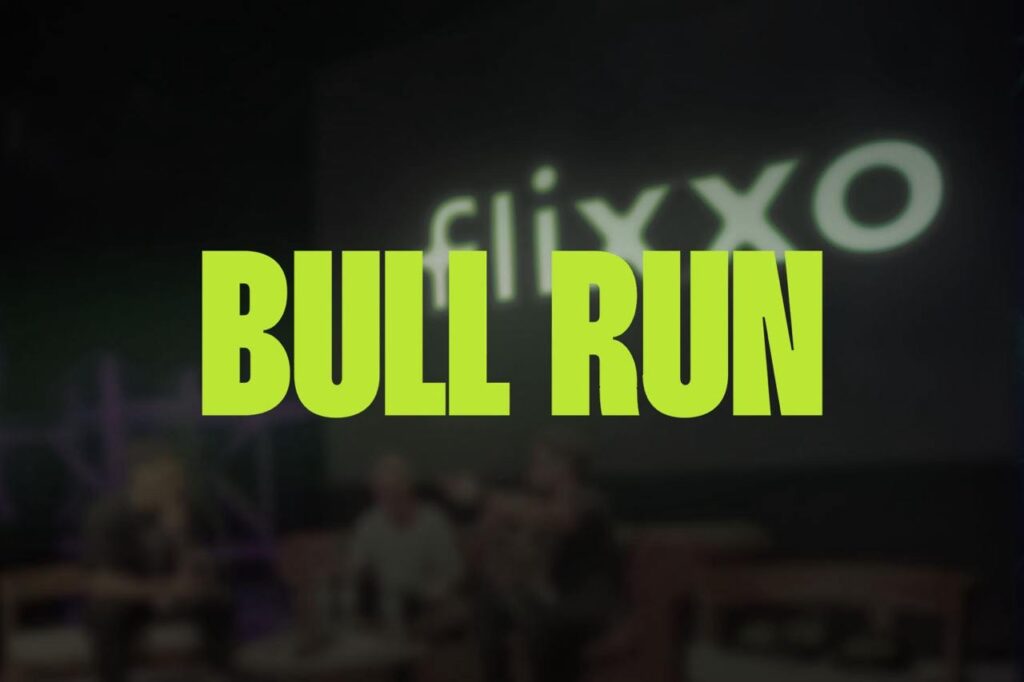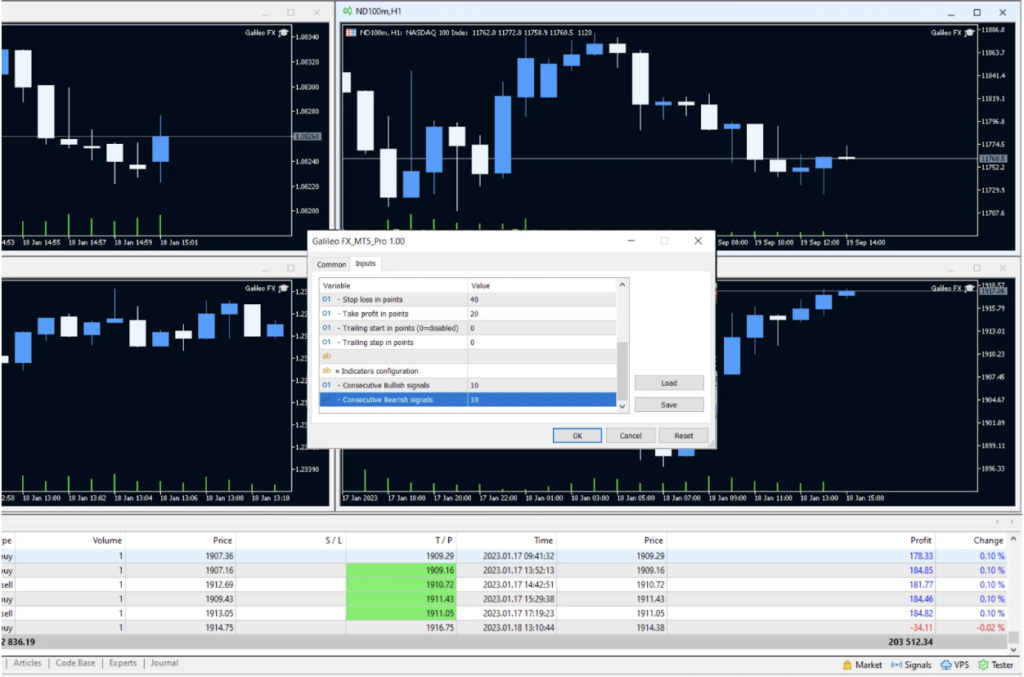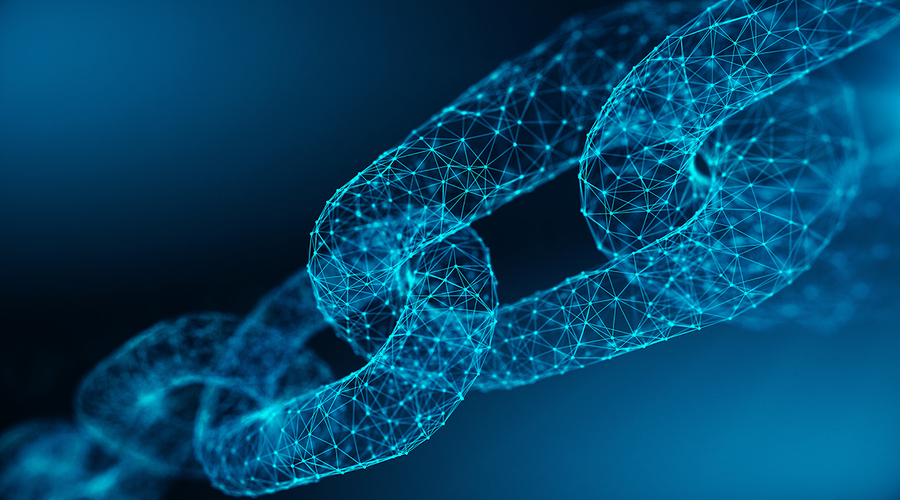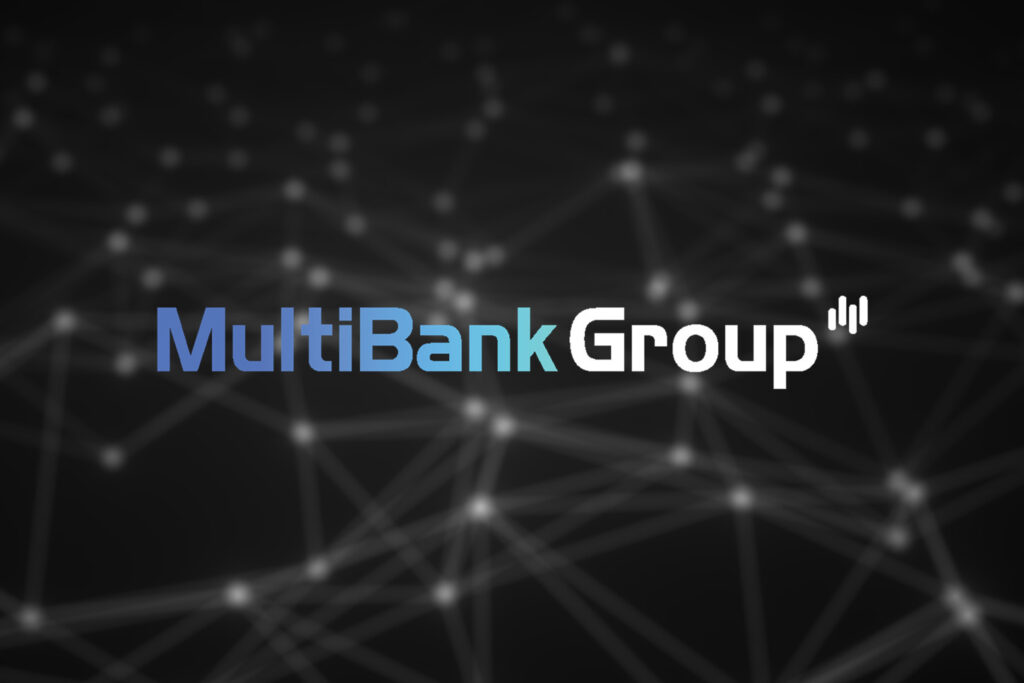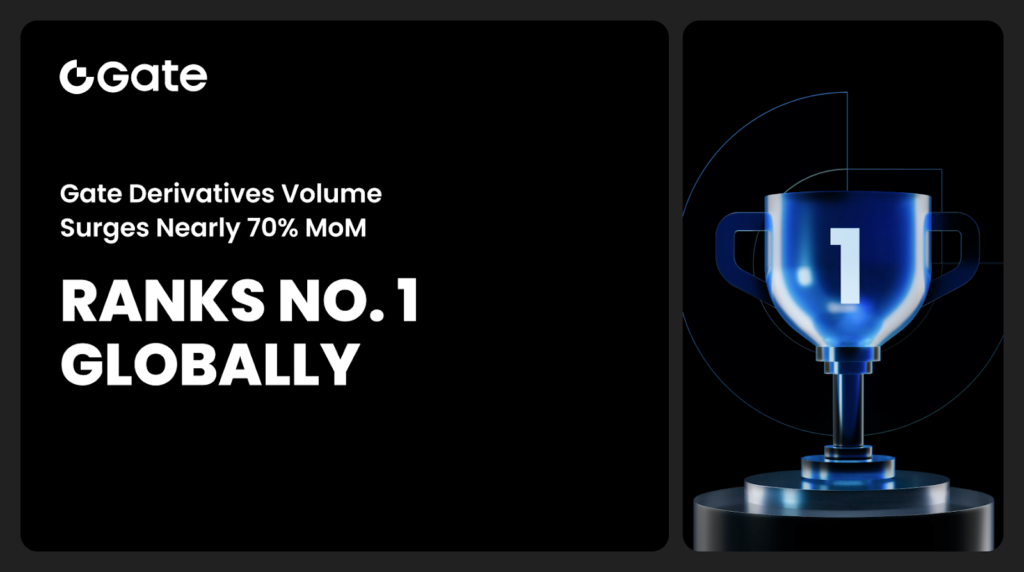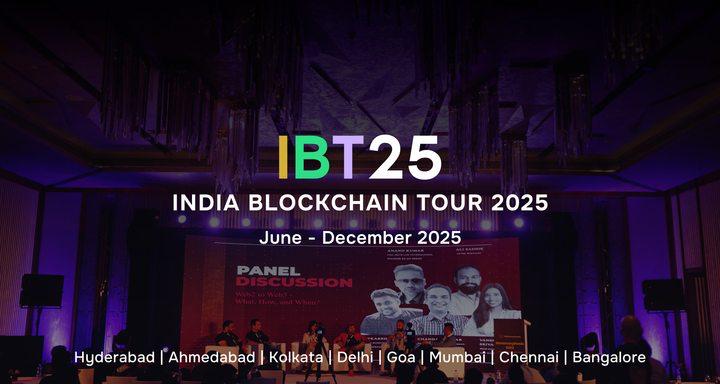Introduction
In recent years, Non-Fungible Tokens (NFTs) have revolutionized the art and creative industry by providing a unique way for artists and creators to sell and protect their digital works. However, with the growing popularity of NFTs, it has become increasingly important to prioritize security to safeguard valuable creations from potential threats. This article explores the best practices that artists and creators should follow to enhance NFT security and protect their digital assets.
Understanding NFTs
Before diving into the best practices for NFT security, it’s crucial to have a clear understanding of what NFTs are. NFTs are digital tokens that use blockchain technology to certify ownership and authenticity of unique digital assets such as artworks, music, videos, and more. Unlike cryptocurrencies like Bitcoin or Ethereum, which are fungible and can be exchanged on a one-to-one basis, NFTs are non-fungible and represent something unique.
Importance of NFT Security
As an artist or creator, your NFTs represent your intellectual property and a potential source of income. Ensuring the security of your NFTs is vital to protect your investment, reputation, and creativity. Without proper security measures, you risk unauthorized access, counterfeiting, or even loss of your valuable digital assets. By implementing the following best practices, you can significantly mitigate these risks and enhance the overall security of your NFTs.
Best Practices for Artists

- Choose a Secure Platform
When minting and selling NFTs, it’s essential to select a reputable and secure platform. Conduct thorough research and choose platforms that have a proven track record of security and a robust community of artists and collectors. Look for platforms that prioritize data encryption, offer multi-factor authentication, and have strict policies against fraudulent activities.
- Use Strong Authentication
To secure your NFTs, ensure that you enable strong authentication measures on all your accounts, including your NFT marketplace account, digital wallet, and associated email addresses. Utilize two-factor authentication (2FA) or even consider using hardware wallets for an added layer of protection.
- Secure Your Digital Wallet
Your digital wallet is where you store your NFTs, so it’s crucial to keep it secure. Use a reputable wallet provider and create a strong, unique password. Consider using a hardware wallet, as it provides an extra layer of security by keeping your private keys offline.
- Protect Your Private Keys
Private keys are the cryptographic codes that grant ownership and control over your NFTs. Safeguard your private keys by storing them offline in a secure location, such as a hardware wallet or a password-protected encrypted storage device. Avoid sharing your private keys with anyone and be cautious of phishing attempts that may try to steal your keys.
- Verify the Smart Contracts
Before minting and listing your NFTs, carefully review and verify the associated smart contracts. Smart contracts govern the functionality and ownership of NFTs, so it’s essential to ensure their security. Seek the assistance of experts or audit services to evaluate the solidity code and identify any potential vulnerabilities or flaws.
- Monitor for Unauthorized Use
Regularly monitor your NFTs and associated transactions to detect any unauthorized use or suspicious activities. Keep an eye out for potential copyright infringements or unauthorized reselling of your works. Utilize blockchain explorers and tracking tools to track the movement and ownership of your NFTs.
- Collaborate with Experts
Consider collaborating with security experts who specialize in NFTs and blockchain technology. These experts can provide valuable insights, conduct security audits, and help you implement additional security measures to safeguard your NFTs effectively.
- Educate Yourself
Stay informed about the latest security practices and trends in the NFT space. Continuously educate yourself about potential security risks, new attack vectors, and emerging technologies that can enhance the security of your digital assets. Join online communities, attend webinars, and participate in forums to gain knowledge and insights from fellow artists and creators.
- Stay Updated
The NFT landscape is rapidly evolving, with new platforms, standards, and security practices being introduced regularly. Stay updated with the latest news, developments, and best practices in the NFT industry. Subscribe to reputable newsletters, follow industry thought leaders, and join relevant social media communities to ensure you remain well-informed.
Be Mindful of Gas Fees
Gas fees are an essential consideration when it comes to NFT transactions. Gas fees refer to the transaction fees required to execute operations on the blockchain. As an artist or creator, it’s crucial to be mindful of gas fees to optimize your costs and maximize your profits.
When minting or listing your NFTs, consider the prevailing gas fees on the blockchain network you’re using. High gas fees can significantly eat into your earnings, especially if you’re dealing with lower-priced NFTs. Keep an eye on the gas fee trends and choose the right time to mint or list your NFTs to minimize costs.
Moreover, explore different blockchain networks that offer lower gas fees. Ethereum, for example, is known for its higher gas fees during peak times, while other networks like Binance Smart Chain or Flow might offer more cost-effective alternatives. By diversifying your platform choices, you can potentially reduce the impact of high gas fees on your NFT transactions.
Secure Intellectual Property Rights
Protecting your intellectual property rights is crucial in the digital art space. While the blockchain ensures the provenance and authenticity of your NFTs, it doesn’t guarantee the protection of the underlying creative work. Artists and creators need to take additional steps to secure their intellectual property rights.
Consider registering your works with relevant copyright authorities. Copyright registration provides legal protection and strengthens your ability to enforce your rights in case of infringement. Consult with legal professionals who specialize in intellectual property to understand the copyright registration process and the specific requirements for your jurisdiction.
Additionally, consider using watermarks or embedded metadata in your digital artworks. Watermarks can deter unauthorized use and provide a visible indication of your ownership. Embedding metadata within the NFT itself ensures that your information travels with the artwork, making it easier to establish ownership and provenance.
Building a Community
Building a strong community around your NFTs can significantly enhance their security and value. By fostering a loyal following, you create a network of supporters who can act as advocates and help protect your interests.
Engage with your audience through social media platforms, forums, and dedicated communities. Share behind-the-scenes insights into your creative process, provide updates on upcoming releases, and encourage interaction with your artworks. By establishing a personal connection with your community, you create a sense of trust and loyalty.
Encourage your community to report any unauthorized use or copyright infringements they come across. They can act as your eyes and ears, helping you identify potential threats to your NFTs. Rewarding your community for their vigilance can further incentivize their active participation in protecting your digital assets.
Consider organizing exclusive events or limited-edition drops for your community members. By providing unique experiences or access to special content, you strengthen the bond with your community and make them feel valued. This sense of exclusivity also increases the perceived value of your NFTs.
Backup and Disaster Recovery
Data loss can be devastating, especially when it comes to valuable digital assets like NFTs. Therefore, implementing robust backup and disaster recovery measures is crucial to safeguard your NFTs against unforeseen events.
Regularly back up your digital wallet and private keys to secure locations. Use encrypted storage devices or cloud-based backup services that offer reliable security and redundancy. Keep multiple copies of your backups in separate physical or digital locations to mitigate the risk of a single point of failure.
Consider implementing a multi-signature (multi-sig) wallet for added security. Multi-sig wallets require multiple private keys to authorize transactions, making it harder for attackers to gain unauthorized access. Distribute the responsibility of holding the private keys among trusted individuals or services to enhance security.
In the event of a disaster or loss of access to your primary storage, having a recovery plan in place is crucial. Maintain detailed documentation of your wallet and key recovery procedures, including any relevant account information, authentication methods, and contact details of the support teams associated with your chosen platforms.
By being proactive in implementing backup and disaster recovery measures, you can ensure the long-term security and accessibility of your valuable NFTs
Conclusion
As the popularity of NFTs continues to rise, ensuring the security of your digital assets becomes paramount. By following these best practices, artists and creators can significantly enhance the protection of their NFTs, preserve their value, and mitigate the risk of unauthorized access, counterfeiting, or loss. Embracing a proactive approach to NFT security will provide peace of mind and foster a thriving digital art ecosystem.
By prioritizing NFT security, you not only protect your investments and intellectual property but also contribute to the growth of a safe and thriving NFT ecosystem. Embrace these best practices, stay vigilant, and continue to educate yourself to navigate the ever-evolving landscape of NFT security successfully.



